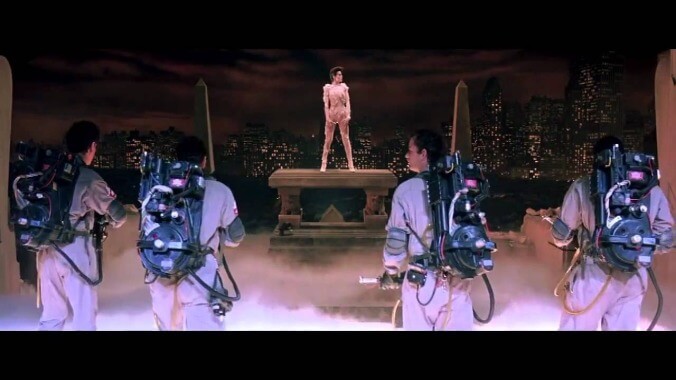Wikipedia proposes a toast to… toast!

This week’s entry: Toast
What it’s about: Only the greatest thing since sliced bread! Warmer sliced bread! Wikipedia gets surprisingly technical for such a simple subject: “Toast is sliced bread that has been browned by exposure to radiant heat… the result of a Maillard reaction altering the flavor of the bread and making it firmer.” It’s not just bread, it’s bread plus science!
Biggest controversy: Yes, there are toast-related controversies. For starters, some scientists believe the toasting process brings out acrylamide, a carcinogen present in some starchy foods, as well as benzo(a)pyrene, a byproduct of burning coal, tobacco, and grilled meats. Britain’s Food Standards Agency has recommended toasting bread “to the lightest colour acceptable” for health reasons.
And, of course, there’s a millennial-related toast controversy. In a trend Wikipedia blames on “upscale American cities like San Francisco,” where bakeries are selling “artisanal toast” at “what was perceived to be an unreasonably high price.” Wikipedia fails to mention avocado toast, which, as everyone knows, is the sole reason millennials are broke, not decades of stagnating wages and insurmountable college debt.
Strangest fact: Wikipedia seems to believe that calling someone “toast”—“as a metaphorical term for ‘you’re dead’”—originated with Bill Murray’s line “this chick is toast!” in Ghostbusters. We’re not a repository of the sum of the world’s knowledge, but we kind of feel like that meaning of “toast” was already a thing.
Thing we were happiest to learn: Toast can be a medical necessity! People with gastrointestinal problems are sometimes placed on a bland specialty diet, of which toast is a cornerstone. Which explains why the Wikipedia page on toast links to diarrhea, a combination you surely want reinforced.
Thing we were unhappiest to learn: There was a time when there was toast, but no toasters. Wikipedia discusses alternate methods of toasting, including the toaster oven, simply placing bread on the rack of a conventional oven, and the most primitive method of them all: holding bread over an open flame until it toasts, as you would a marshmallow. Such were the hardships our ancestors had to endure before the invention of the toaster.
Also noteworthy: Toast always landing buttered side down isn’t a myth. In 2001, some scientists who could have otherwise been contributing something to humanity studied the buttered toast phenomenon, and found that when you knock a piece toast off a table, it has a 62 percent chance of leaving a smear of butter on your floor.
Best link to elsewhere on Wikipedia: I believe we already mentioned diarrhea. But if you want something slightly less unsavory, proposing a toast comes from toasted bread’s original use—the earliest reference to toast in English dates from the 1400s, when it was used “as a flavoring for drinks.” Wikipedia doesn’t record how that actually works, and if there’s some way to add toast to your drink that doesn’t result in a mouthful of crumbs. But Shakespeare’s Falstaff orders “a quart of Sacke, put a tost in ’t” in The Merry Wives Of Windsor. So raising one’s glass is still called a “toast” because, at one point, the glass presumably had toast in it.
Further down the Wormhole: Toast is generally considered a breakfast food, the best possible category of food. And one of the best breakfasts out there is the “full breakfast,” known as English, Irish, or Scottish Breakfast, with slight regional variations. The arrangement, which includes eggs, sausage, bacon, mushroom, tomatoes, baked beans, pudding (the English sausage variety, not the American sugary variety), and of course tea, came about during the Victorian Era.
An important political faction of that era was the Fabian Society, which advocated social democracy through gradual reform as opposed to Marxist-style revolution, and was the precursor to the Labour Party. One of its founders was Havelock Ellis, an intellectual and social reformer who also, despite the social mores of his era, studied and wrote about human sexuality. He introduced Britain to the ideas of narcissism, autoeroticism, and wrote the first medical text on homosexuality. He was also among the first to study transgender people, whom he called “a remarkably common anomaly.” He called the practice Eonism, after the Chevalier D’Éon, a genderfluid 18th-century French spy who fought in the Seven Years’ War as a man, and infiltrated the Russian court as a woman. We’ll hear the rest of their story next week.